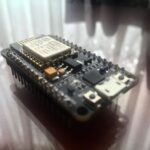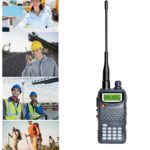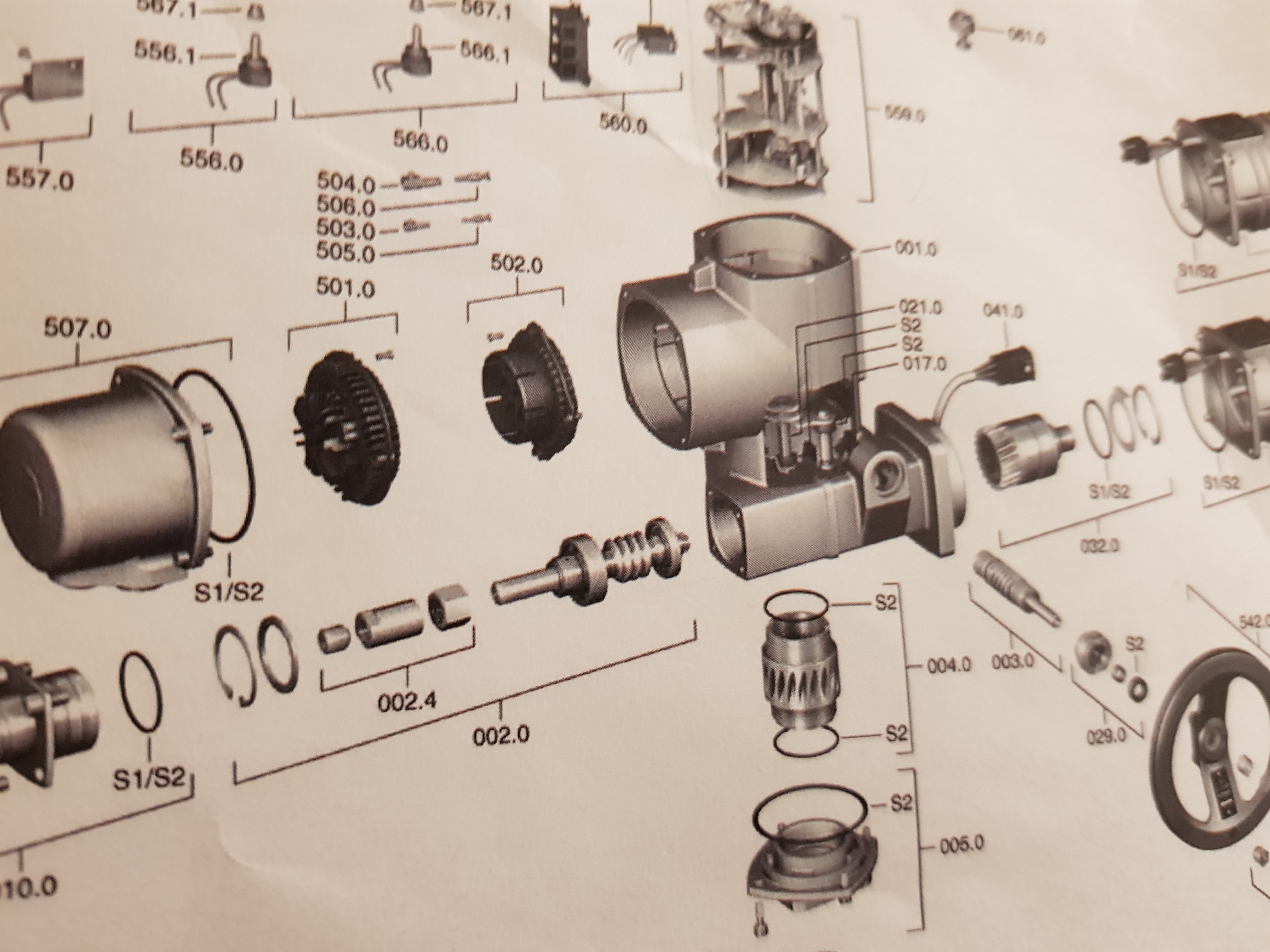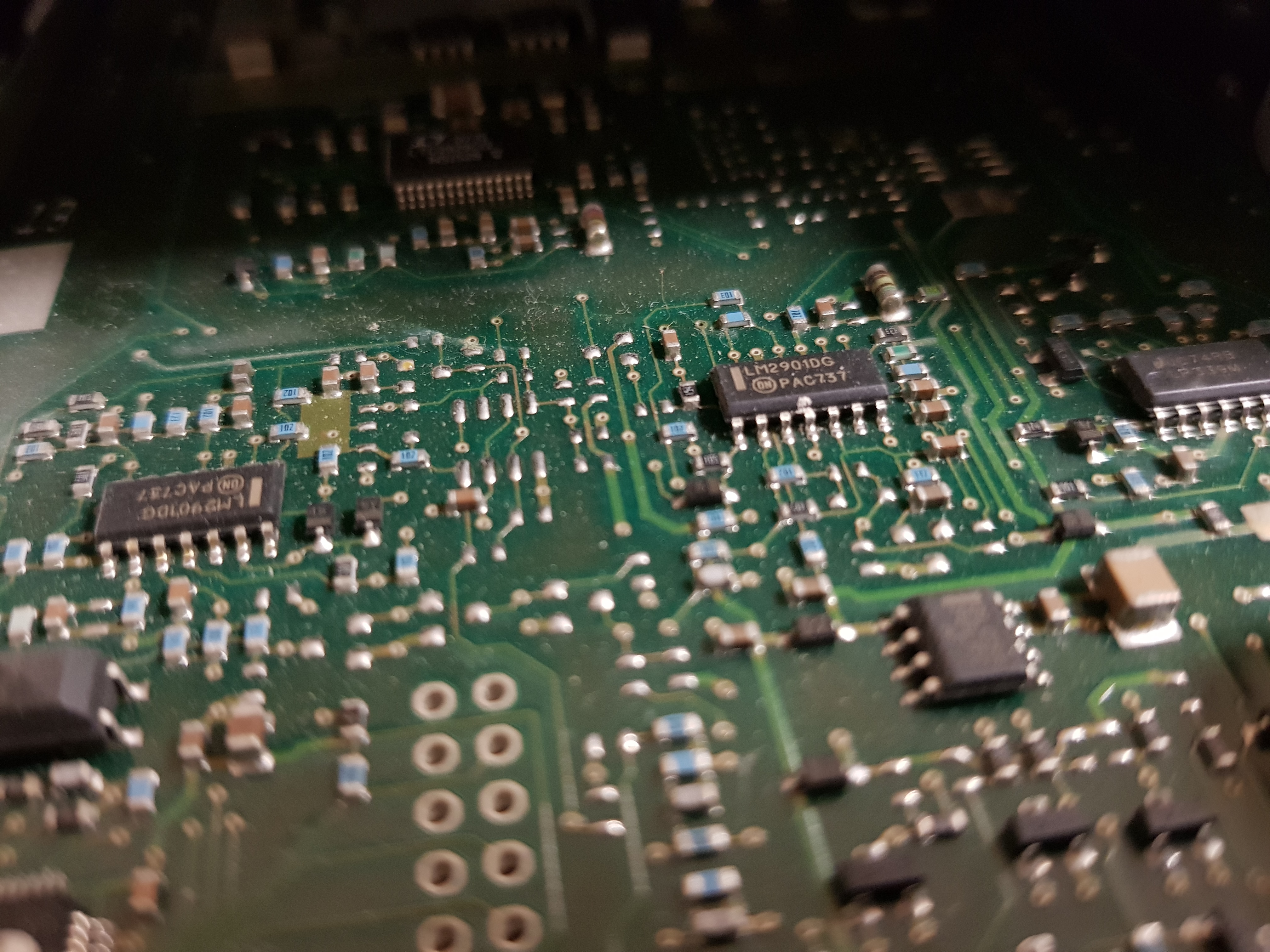P&ID otherwise know as Piping & Instrumentation Diagram is the Base for all process control engineering. This is the first page of intrumentation engineering. If you very new to the subject and if you looking for how to get started in intrumentation, you are in the right place.
Here you will be able o understand what is a P&ID and how to read and understand a PID.
Difficulty level (2/10).
Like any other specialized technical drawings, P&ID’s are made of standard shapes and symbols which represent various equipments. There’s a huge variety of symbols, depending on industry and manufacturer. So i have created this guide to feature the most popular P&ID symbols and is standardized for best practice across the industry.
About P&ID symbol and annotations
P&IDs are used to create teh basic representation of a process in an industry facility. The shapes in this legend represents the functional relationship between piping, instrumentation, and system equipment units. I’ve classified them down into seven main catagories:
- Instruments
- Valves
- Pumps
- Vessels
- Filters
- Compressors
- Heat Exchangers
- Dryers
- General
- Mixers
- Crushers
- Centrifuges
- Motors
- Peripherals
- Piping and Connections
In addition to these general catagories, there is a seperate section which will cover the entire control systems. That part will not be discussed in this chapter.
A P&ID diagram shows the interconnection of process equipments like pumps, valves, heatexchnagers and the instrumentation used to control the process. The instrument symbols used in these drawings are generally based on International Society of Automation (ISA) Standard S5.1
It contains informations like:
- Process piping, sizes and identification,including:
Pipe classes or piping line numbers.
Flow directions
Interconnections references
Permanent start-up, flush and bypass lines. - Mechanical equipment and process control instrumentation and designation (names, numbers, unique tag identifiers), including:
Valves and their identifications (e.g. isolation, shutoff, relief and safety valves)
Control inputs and outputs (sensors and final elements, interlocks)
Miscellaneous – vents, drains, flanges, special fittings, sampling lines, reducers and increasers - Interfaces for class changes
- Computer control system
- Identification of components and subsystems delivered by others
P&IDs are originally drawn up at the design stage from a combination of process flow sheet data, the mechanical process equipment design, and the instrumentation engineering design.
P&IDs also play a significant role in the maintenance and modification of the process after initial build. Modifications are red-penned onto the diagrams and are vital records of the current plant design.
P&ID helps in maintaining a process plant. By refering to its P&ID, engineers can make;
- Control and shutdown procedures.
- Safety and regulatory requirements
- Start-up sequences and procedures.
- Operational and condition monitoring of running plants.
There any many aplication softwares in the market which is having a wide range of libraries for intrumentation symbols. For exmaple MS project, EDraw, Lucidchart etc have thoer own vocalbulary of symbols and annotations.







